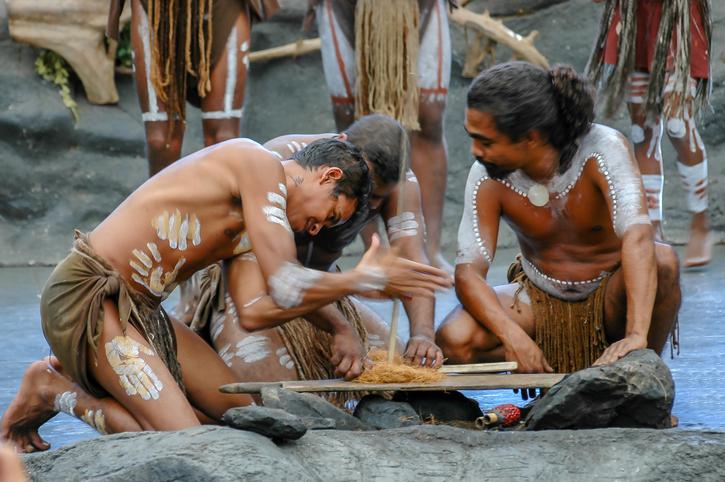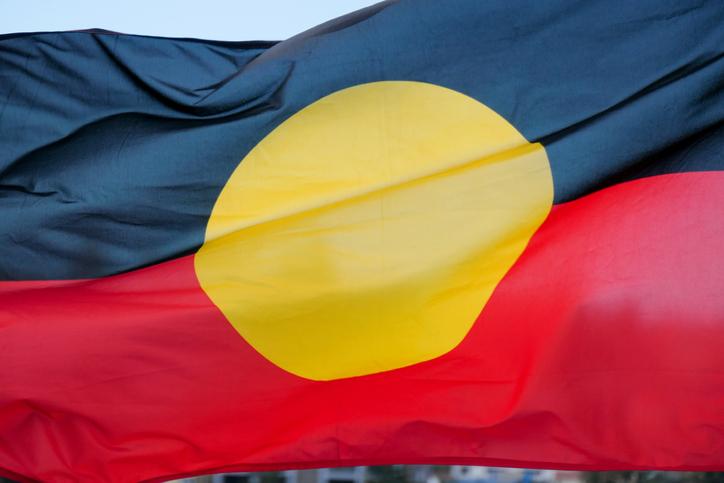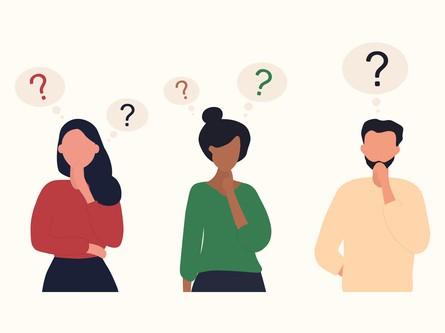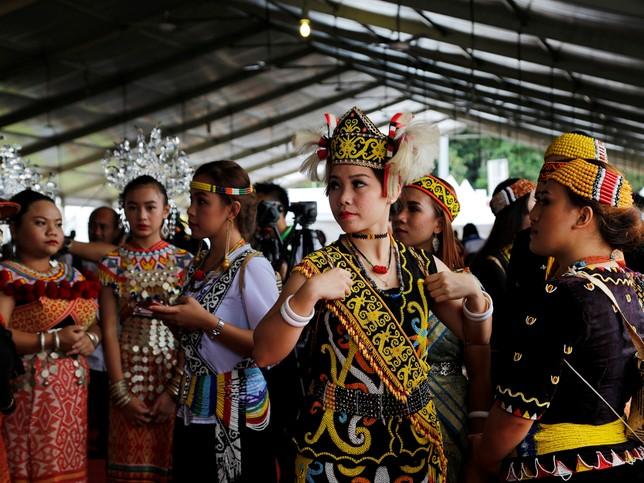Generative artificial intelligence such as ChatGPT is fast becoming a feature of our daily lives. Concerns about the impact on higher education present an unprecedented opportunity to incorporate Indigenous knowledge systems into the curriculum – not because we should but because we can’t afford not to.
Universities are prioritising the development of strategies for teaching and assessment that prepare students to be responsible digital citizens. But with most universities now optimistically embracing AI as a teaching and learning tool, few seem to be considering ways to mitigate the losses associated with further outsourcing and automating knowledge work.
With digital technologies already diminishing basic memory skills, concerns about a future world run by professionals who depend on AI to support their knowledge and qualifications are being raised.
Simultaneously, there has been a quieter acceleration of research by Indigenous and non-Indigenous Australian writers and academics, exploring the value of Indigenous knowledge systems. These methods, which have been used by cultures around the world since prehistoric times, offer proven human strategies to acquire, embody and impart knowledge.
- Resource collection: the power of place-based learning
- Steps to decolonise higher education: after yourself, change the curriculum
- How to support academic staff starting the journey of decolonising the curriculum
This emerging body of work presents a compelling argument and guidelines for integration of Indigenous ways of thinking into higher education. Doing so would assist educators to address pressing concerns such as the climate emergency, reconciling the impacts of colonialism and decentralising white Western and patriarchal ways of knowing. AI is far from sustainable and as large language models such as ChatGPT draw content largely from white Western sources, responses risk reinforcing rather than challenging socio-economic, gendered and racial biases.
From learning about to learning from Indigenous cultures
Despite their benefits, the integration of Indigenous knowledge systems remains limited. As a non-Indigenous (white, British, female) academic living and working in Australia on the stolen lands of the Wurundjeri Woi wurrung people of the eastern Kulin Nation, I believe this is partly because a need to include First Peoples’ perspectives is framed more as a moral obligation to address past injustices than something that is of practical value for teaching and learning.
While some universities now provide opportunities to learn about Indigenous cultures and social justice issues, many overloaded academics lack the time or motivation to authentically engage. As Margo Neale and Lynne Kelly argue in the first of Thames and Hudson’s First Knowledges series, a shift is needed from learning about Indigenous cultures to learning from them.
Indigenous knowledge systems provide a vast range of skills for lifelong learning that AI cannot. Perhaps most importantly, the process of acquiring these skills is more engaging, memorable and transformative than purely using a computer or digital device. And they work. For thousands of years, Australia’s Aboriginal and Torres Strait Islander peoples have retained and updated vast amounts of knowledge essential for survival in a constantly changing world.
Connecting knowledge with place
According to Neale and Kelly, “without memory, there is no knowledge”. Indigenous knowledge systems emerge from oral cultures that rely on physical places and storytelling rather than text to memorise information. For Australia’s First Peoples, Songlines (a cross-cultural term) are the foundational system used.
Songlines are crisscrossing pathways of knowledge that serve as a wayfinding and teaching tool. They relate closely to The Dreaming or Tjukurpa – spiritual, cultural and ecological knowledge and law that come from the land and belong to a kind of circular rather than linear time. The Dreaming is a relational worldview that for non-Indigenous people is difficult to grasp but is relevant and timely for emerging circular economy discourses.
Songlines use a mnemonic principle that Kelly likens to the more recent Greek and Roman method of “Loci” or Memory Palaces. Through Songlines, knowledge is imaginatively reconceptualised in stories incorporating memorable characters that are inspired by and located in the physical and geological features of the environment (land, sky and sea).
A key difference between Memory Palaces and Songlines is that while both methods locate knowledge in a place and/or in the land, Songlines keep it alive. Using the medium of story, music, dance, artworks and crafts, knowledge is continually layered, updated and ceremonially imparted.
It is the methodology behind Indigenous knowledge systems like Songlines, rather than the knowledge they represent (much of which is highly sacred and protected by custodians), that interests academics concerned with addressing the challenges of the 21st century.
A group of academics including Aboriginal scholar and founder of Deakin University’s Indigenous Knowledge Systems Lab Tyson Yunkaporta explored the process of Songlines for teaching first-year medical students, in a collaborative study at Monash University. The study divided the 76 students into three groups to compare various techniques for memorising butterfly names.
The first group, led by David Reser, applied the Memory Palace method using a reconstruction of a childhood bedroom. The second group accompanied Yunkaporta on a walk around a rock garden located on campus, during which each butterfly name was sequentially incorporated into a narrative involving the features of the garden. The third group were instructed to memorise the names in their own way.
Yunkaporta’s students were three times more likely than the third group to memorise the names, while Reser’s were twice as successful, analysis of the experiment revealed. Students using the Indigenous method were more likely to remember the names in the original order, with qualitative survey results suggesting the method was also more enjoyable “as a way to remember facts, but also as a way to learn more about Aboriginal culture”.
From a neuroscience perspective, in her book Memory Craft, Kelly attributes the success of Indigenous methods such as Songlines to their ability to activate the body through creative expression. Knowledge is more likely to be retained when the body and mind are physically and emotionally engaged, as when walking, singing, dancing, making, drawing and painting. As we know, learning through doing, both inside and outside the classroom (whether physical or online), is a proven and effective way to engage learners.
While memorising information may be the goal of incorporating these methods, a more important outcome is that learners become connected with their environment and invested in protecting it. Simultaneously, greater respect is built for Indigenous cultures and ways of knowing.
Storytelling as pedagogy
For Yunkaporta, the practice of storytelling has a currency that can extend far beyond First Peoples and cultures. In his book Sand Talk: How Indigenous Thinking Can Save the World, he explores how sharing one’s stories with others, as happens through the Australian Aboriginal practice of “yarning”, enables a reflexive and emotionally engaging process of learning that enhances understanding and empathy with others.
The sharing of stories is an important skill for increasingly diverse cohorts of students that would be impossible with AI. Only students can have insight into their own experiences and how they feel about them. Scenarios that enable them to share their own stories concerning set discipline knowledge provide a way to generate greater investment in what is being learned.
As educators look to address declining student attendance, these methods make for a more equitable, engaging and memorable learning experience than traditional didactic and rote learning. In the aftermath of the pandemic, they provide a more sociable and connective experience, and, amid growing concerns about the financial equity of AI subscription fees, they are also free.
There is huge scope to integrate Indigenous knowledge systems into the curriculum. Yet to be done in an authentic, relevant and meaningful way, respectful dialogue and collaboration between Indigenous and non-Indigenous educators is needed. It is in everyone’s interest to consider how Indigenous knowledge systems might be used to balance and inform responsible use of AI and mitigate the loss of skills essential for valid and meaningful knowledge work.
All views are my own. I acknowledge the many voices who have informed, advised and supported the development of this article, with particular thanks to Lynne Kelly and Pennie Jagiello. I acknowledge the Woi wurrung and Boon wurrung language groups of the Eastern Kulin Nation on whose unceded lands I am grateful to live and work. I also respectfully acknowledge the Ancestors, Elders, Custodians and traditional knowledge holders of the lands and waters across Australia. The proposed argument recognises and respects Indigenous Cultural and Intellectual Property (ICIP) creation, practices, innovations and cultural expressions.
Alexandra Sherlock is a non-Indigenous academic in the School of Fashion and Textiles at RMIT University, and a member of RMIT’s Academic Board.
If you would like advice and insight from academics and university staff delivered direct to your inbox each week, sign up for the Campus newsletter.




comment